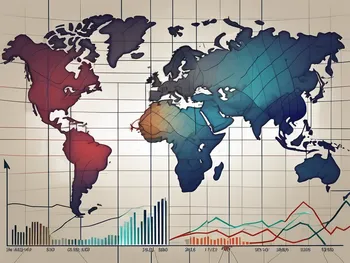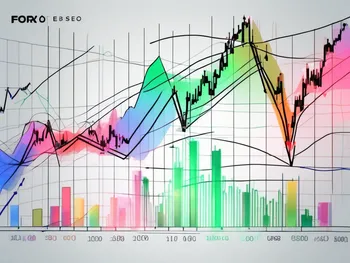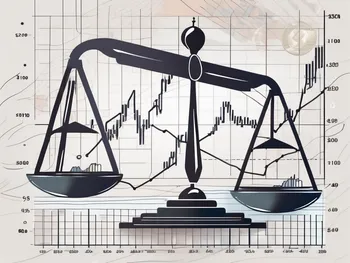What Is an Index? Exploring Indices Trading
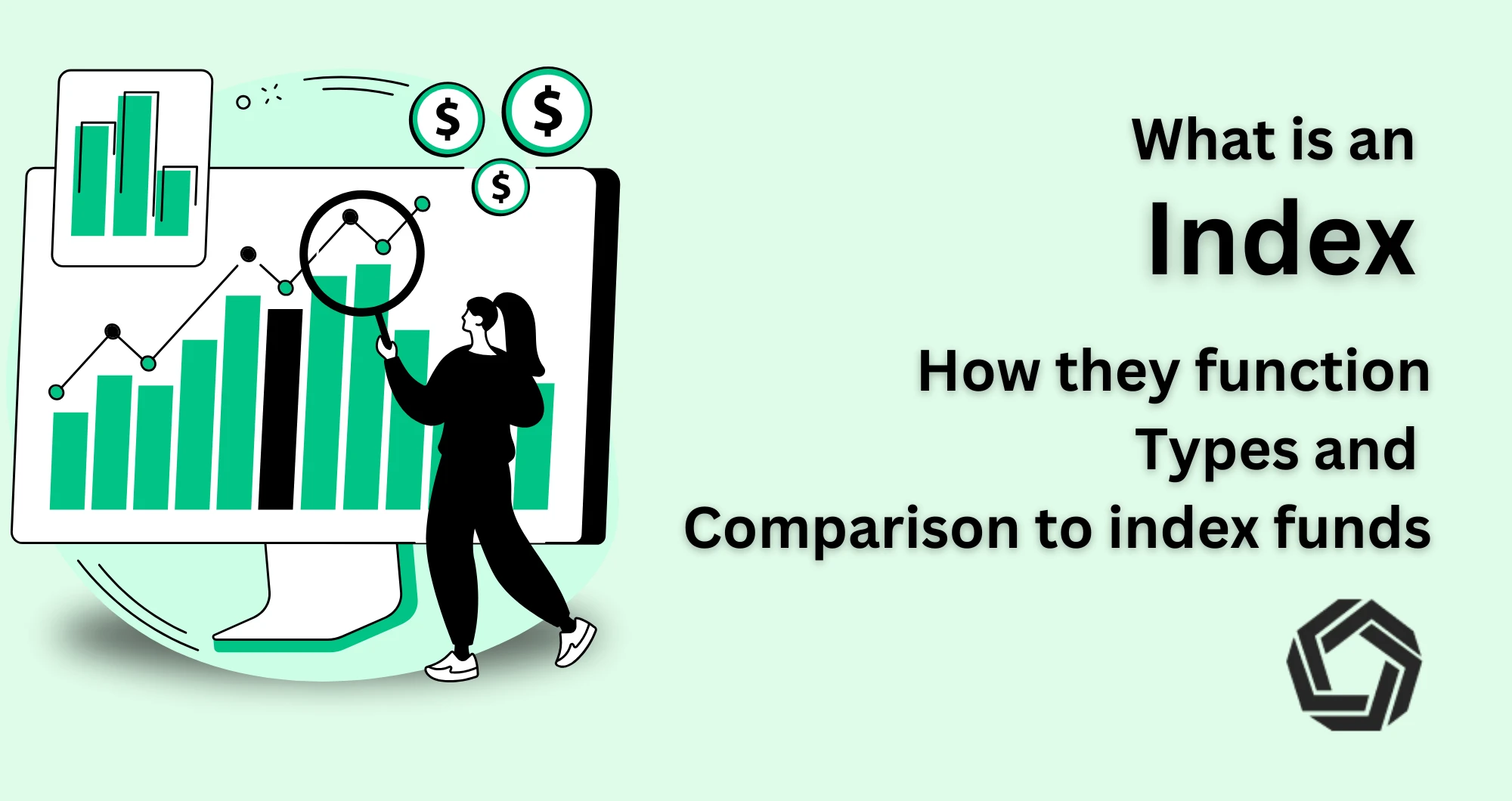
The term “index” may seem straightforward and familiar, yet its correct application is often misunderstood in the financial world. In a nutshell, an index serves as a benchmark that tracks the performance of a specific group of assets, such as stocks or bonds. With the rise of innovative trading platforms, there has been a notable increase in indices trading, encompassing both synthetic indices—those created from algorithms—and traditional indices that represent real market performance.
However, before we dive headfirst into this complex world of indices, it’s important to understand their fundamental characteristics and how they work. In this article, we will not only explore the workings of financial indices but also compare them with index funds, another popular tool in an investor’s toolkit.
Our goal is to provide you with the knowledge and tools necessary to navigate indices effectively, particularly on Morpher, where you can take advantage of innovative trading opportunities.
What Is an Index?
At its core, an index is a statistical measure that tracks the performance of a specific group of assets. In finance, this often refers to a collection of stocks, bonds, or other securities that represent a segment of the market. For example, the S&P 500 is an index that reflects the performance of 500 of the largest publicly traded companies in the U.S., providing insights into the overall economic health.
Indices serve various purposes, including:
Market Benchmarking: They allow investors to measure the performance of their portfolios against a recognized standard.
Economic Indicators: Indices can provide insights into broader economic trends and investor sentiment.
Investment Products: Many mutual funds and ETFs are designed to track specific indices, making it easier for investors to gain exposure to a diversified portfolio without needing to select individual stocks.
Indexes vs. Indices
The terms “indexes” and “indices” are often used interchangeably in finance. “Indices” is the plural form of “index,” derived from Latin, and is typically preferred in formal contexts. It is used in mathematical, scientific, and statistical discussions to refer to a set of values or measurements that represent a whole.
On the other hand, “indexes” has become a more common term in everyday language, particularly in financial discussions. While both terms are correct, “indices” is often favored in scholarly articles and formal financial documents, while “indexes” is widely accepted in casual conversations.
The Basics of Indices Explained
Financial indexes typically consist of a diverse array of securities or assets. These can range from stocks and bonds to commodities and other tradable instruments. The way we weight each asset in the index depends on several factors, including market capitalization, price, or specific formulas. This composition allows the index to accurately reflect the performance of the market or sector it represents.
For instance, in a stock market index, the weights assigned to individual stocks are often based on their market capitalization. This means that larger companies, which boast higher market values, will exert a more significant influence on the index’s overall performance compared to their smaller counterparts..

It’s also worth to note that the composition of an index isn’t static; it evolves over time through a process known as index rebalancing. Index providers regularly review and adjust the components of an index to ensure it remains a true reflection of the market it tracks. This process involves adding or removing securities based on criteria like market value or liquidity, ensuring that the index continues to serve its purpose effectively.
Different Types of Indexes
Indexes come in various forms. Some of the most common types include broad-based indexes, sector-specific indexes, and regional indexes.
Broad-based Indexes
Broad-based indexes, such as the S&P 500, encompass a wide range of industries and companies, providing a comprehensive snapshot of the overall stock market. These indexes are often used as benchmarks for measuring the performance of investment portfolios or mutual funds.
Sector-specific Indexes
On the other hand, sector-specific indexes focus on particular industries, like technology or healthcare. These indexes enable investors to assess the performance of a specific sector, making them especially useful for those looking to capitalize on industry trends. For instance, the Biotech Index on Morpher allows you to track the performance of biotechnology companies, giving you targeted insights into this evolving sector.
Regional Indexes
Regional indexes, such as the FTSE 100, represent the performance of companies listed in a specific country or region. They provide valuable insights into the economic health and performance of a particular geographic area. Investors interested in a specific market can use these indexes to evaluate available investment opportunities. For example, the Amsterdam Exchange Index on Morpher highlights the performance of companies listed in the Netherlands or UKX for UK, helping you trade on local markets.
Unique Indices
Morpher offers a fantastic way to visualize custom indices based on real-world items. You can trade everything from onions and olive oil to mozzarella, tomatoes, and wheat. What else do you need to create a Pizza Index?

Imagine investing in your favorite dish! With Morpher, you have the unique opportunity to invest in the Pizza Index, crafted from the ingredients that make up your beloved meals. Isn’t this what makes indices so cool? They provide endless possibilities for investment beyond traditional stocks and bonds.
Indices as Financial Instruments: Index Funds
Now that we have established what an index is and how it is constructed, let’s explore its significance in the field of finance. Indexes act as a reference point for various financial instruments, including index funds and exchange-traded funds, also well-known as ETFs. These investment vehicles aim to replicate the performance of an index, allowing investors to gain exposure to a diversified portfolio of assets in a cost-effective manner.
What Is an Index Fund?
An index fund is a type of mutual fund or exchange-traded fund that aims to replicate the performance of a specific index. These funds are designed to hold the same securities as the index in the same proportions, which means they passively track the performance of a specific market segment. For example, a fund tracking the S&P 500 invests in the stocks of those 500 companies according to their market capitalization.
However, while index funds provide certain benefits like diversification and lower management fees, they also come with limitations that Morpher addresses uniquely.
At Morpher, we empower traders with the ability to engage directly with indices without the constraints of traditional index funds. Instead of being tied to the limitations of mutual funds or ETFs, our platform allows you to trade a wide variety of indices, including innovative options like Artificial Intelligence Index, Metaverse Index and Real Estate Index. Sign up now and start Indices Trading with your welcome bonus!
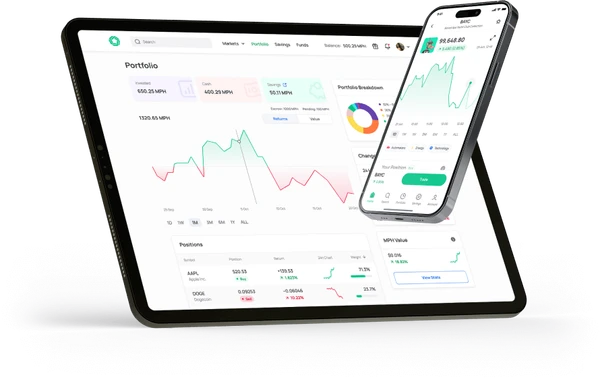
Can Index Funds Make You Rich?
While index funds are often viewed as a reliable investment option, it’s crucial to approach wealth generation with realistic expectations. Historical data shows that the stock market can yield average annual returns of around 7-10% when adjusted for inflation. However, investing always carries risks. Market downturns can affect even the most solid indices, and past performance is not indicative of future results.
How Indices Are Calculated
Behind the scenes, indexes are calculated using a specific methodology that varies depending on the index provider.
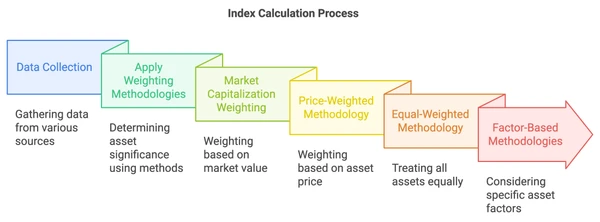
Data collection is a foundational step in index calculation. Index providers gather data from various sources, including stock exchanges, financial statements, and market data providers. This data includes information about the constituent assets, such as stock prices, market capitalization, and trading volumes.
Once the data is collected, index providers apply different weighting methodologies to determine the significance of each constituent asset. Market capitalization, price-weighted, equal-weighted, and factor-based methodologies are some of the most commonly used approaches in index calculations.
Factors Influencing Index Values
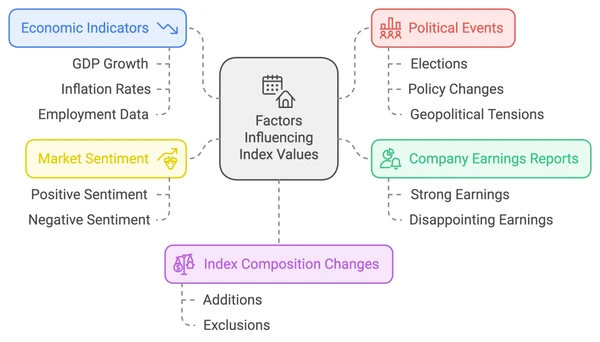
Economic indicators, such as GDP growth, inflation rates, and employment data, offer insights into the overall health of the economy. Positive indicators can boost investor confidence and lead to upward movements in indexes, while negative indicators can result in declines.
Company earnings reports also play a crucial role in index movements, especially for stock market indexes. Strong earnings from key companies can enhance investor sentiment and drive index values higher, whereas disappointing reports may have the opposite effect.
Political events—both domestic and international—significantly impact index values. Elections, policy changes, and geopolitical tensions can introduce uncertainty and volatility, leading to fluctuations in the market.
Market sentiment, influenced by investor behavior and psychology, further affects index movements. Optimism and confidence can drive index values up, while fear and uncertainty can lead to declines.
Additionally, the composition of an index can change over time, impacting its overall performance. Adjustments, such as adding or removing securities based on market capitalization, sector representation, or liquidity, can significantly influence index values. The inclusion of high-performing assets or the exclusion of underperforming ones can alter the index’s trajectory.
Index Rebalancing
Index rebalancing can be viewed as the maintenance work involved in index calculation. Providers periodically review and adjust the composition of the index to ensure it remains representative of the market it tracks. During rebalancing, assets may be added or excluded based on predefined criteria, such as market capitalization thresholds or sector classifications like mentioned above.
Trade Indices on Morpher

In summary, indexes are not just numbers on a screen; they are powerful tools that shape financial decisions, influence market performance, and provide valuable insights into the overall health of the economy. Understanding the role of indexes in finance is essential for investors, analysts, and anyone involved in the world of finance.
As you consider the potential of stock trading and the broader cryptocurrency landscape, why not expand your investment horizon with Morpher? At Morpher.com, you can leverage the power of blockchain technology to trade across a multitude of asset classes, including indices, without the burden of fees or liquidity constraints. With the ability to engage in fractional investing, short selling, and up to 10x leverage, Morpher offers a unique and flexible trading experience. Take control of your investments with the safety of the Morpher Wallet and explore new market opportunities today. Sign Up and Get Your Free Sign Up Bonus!

Disclaimer: All investments involve risk, and the past performance of a security, industry, sector, market, financial product, trading strategy, or individual’s trading does not guarantee future results or returns. Investors are fully responsible for any investment decisions they make. Such decisions should be based solely on an evaluation of their financial circumstances, investment objectives, risk tolerance, and liquidity needs. This post does not constitute investment advice.

Painless trading for everyone
Hundreds of markets all in one place - Apple, Bitcoin, Gold, Watches, NFTs, Sneakers and so much more.

Painless trading for everyone
Hundreds of markets all in one place - Apple, Bitcoin, Gold, Watches, NFTs, Sneakers and so much more.


